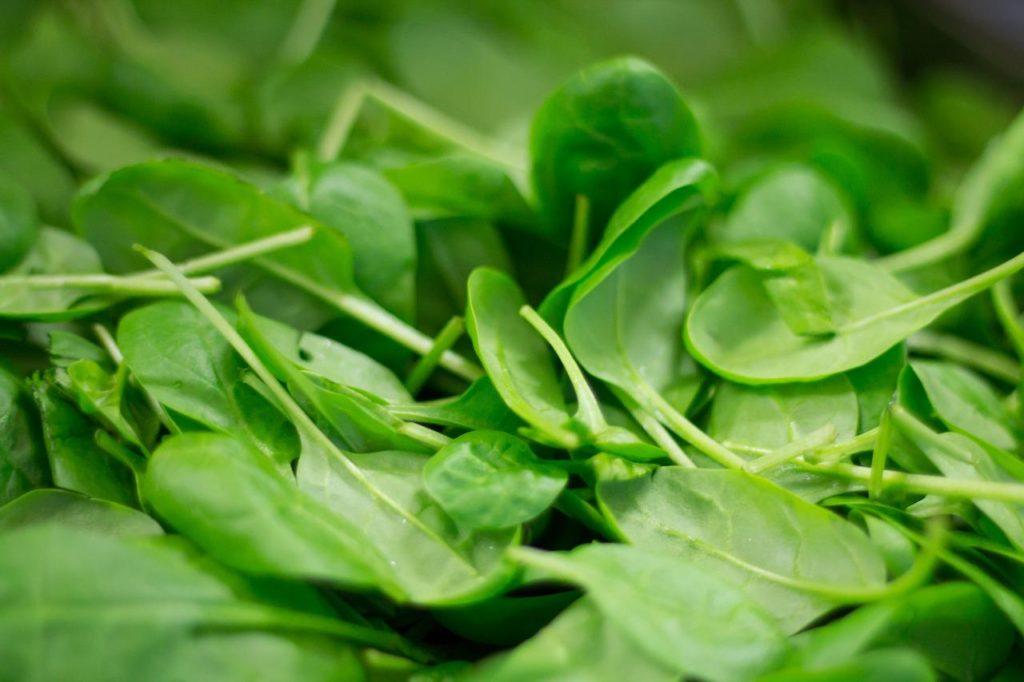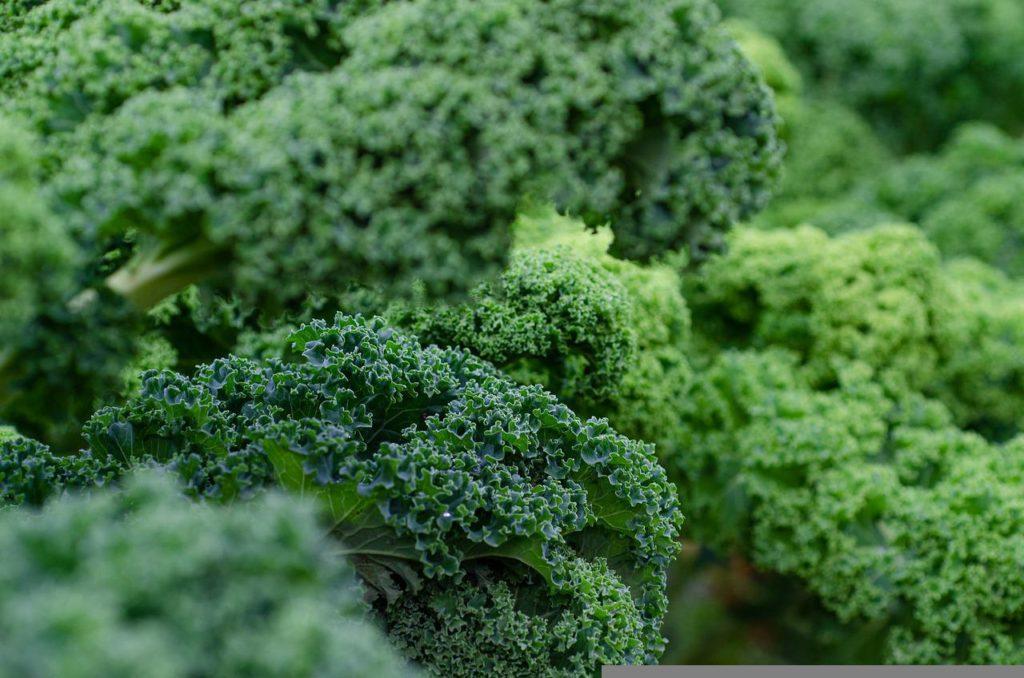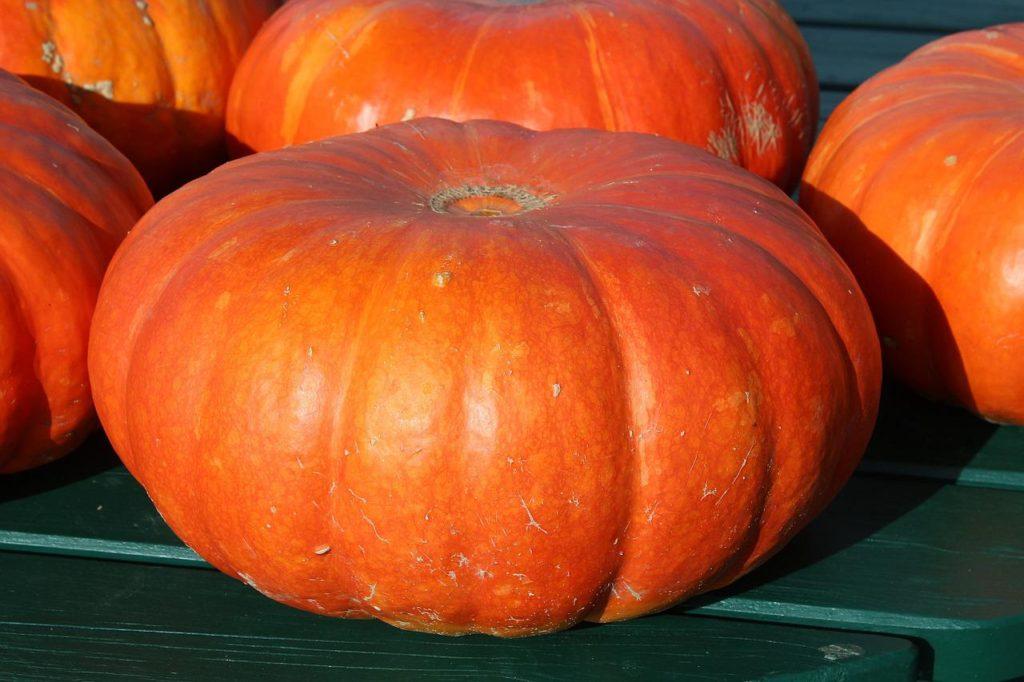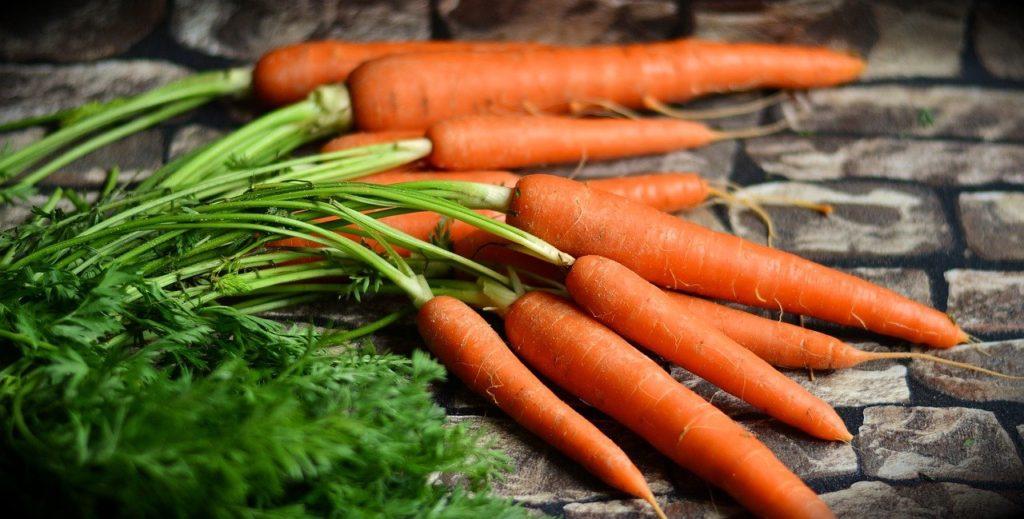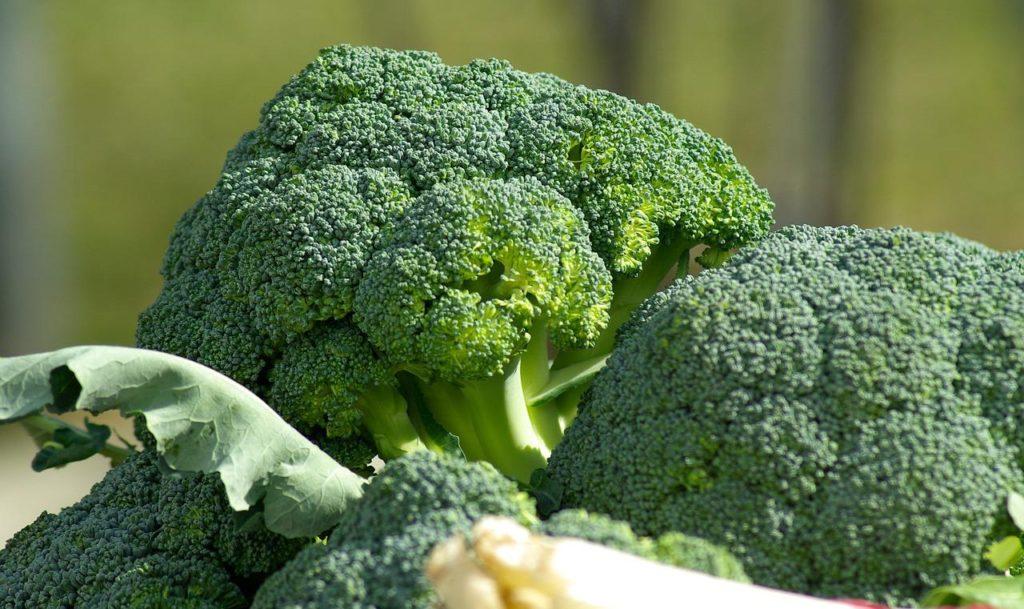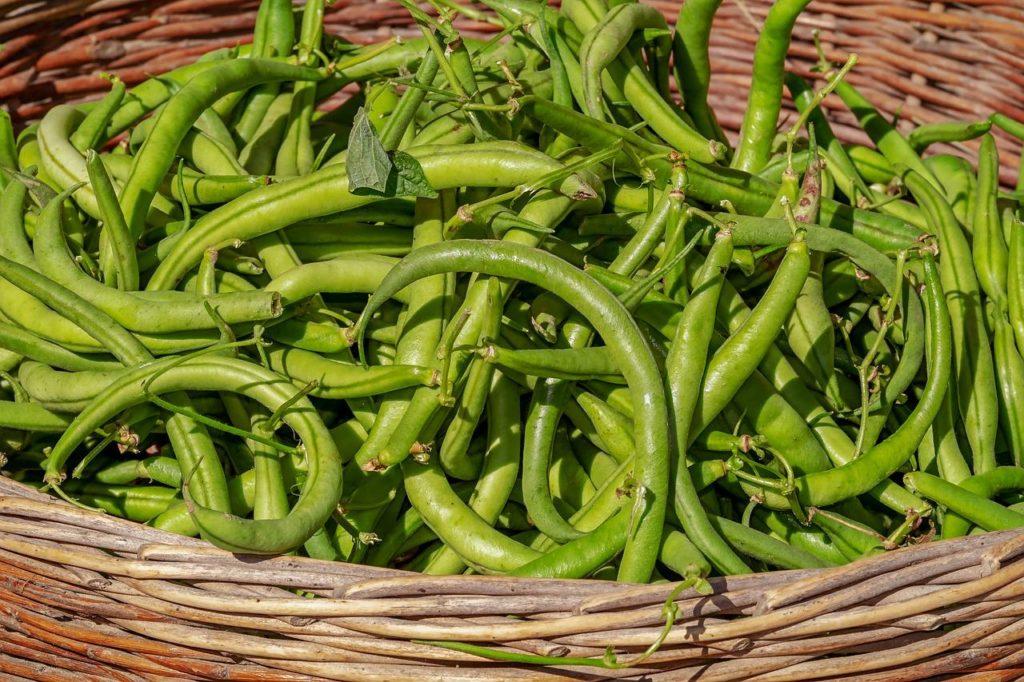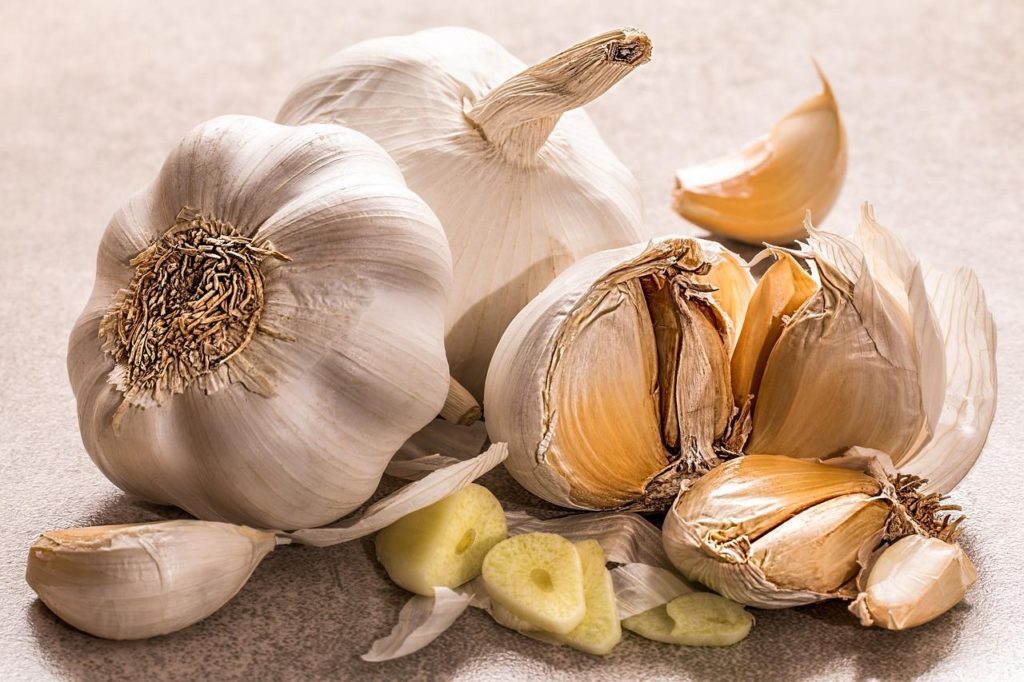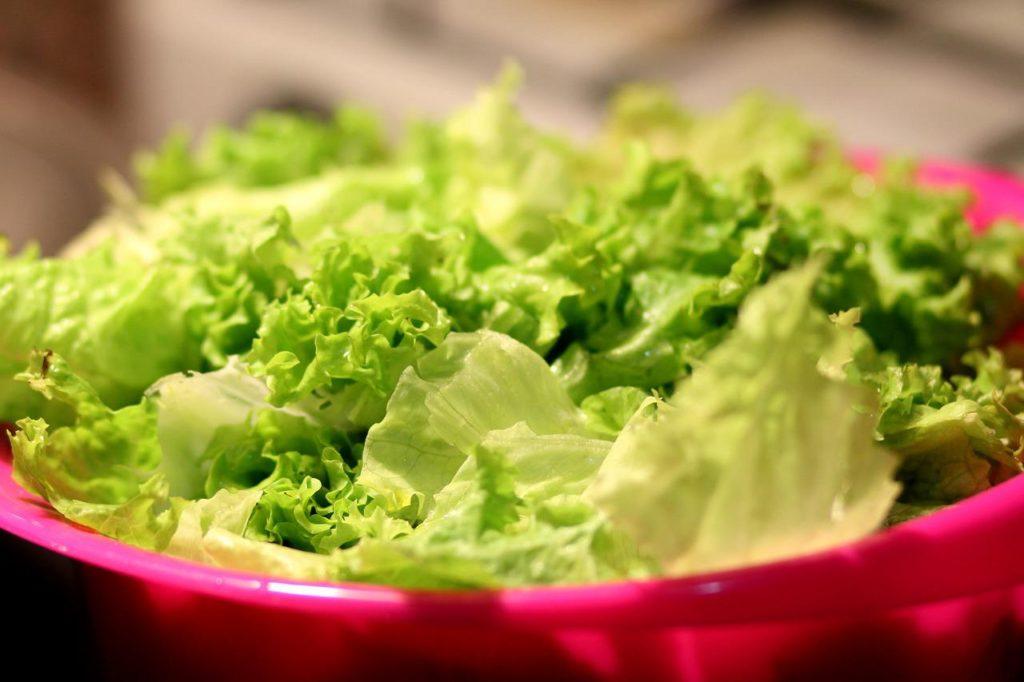What Are The Best Fall Vegetables to Plant?
Fall is a great time to plant vegetables. The weather is cooler, so the veggies will grow slower and have more time to develop flavor. It’s also an excellent time to start thinking about next year’s garden. Most farmers do not plant in the fall because they are busy with harvest. But if you have the time, it’s worth it to grow some vegetables that will overwinter and be ready to harvest in the spring. Most fall vegetables can perform better and supplement fruits in the fall season. The long summer days can be tough on cool-weather crops, so fall planting gives them a chance to grow slowly and develop flavor—perfect for your next kitchen adventure.
Fall planting also offers a good opportunity to prepare your garden for next year by growing cover crops and preparing the soil. You can plant many different vegetables in the fall, but what are the best ones?
Should I Use Seeds or Transplants?
The answer depends on what you are growing. If you are growing fall crops that need to be started indoors, like tomatoes or peppers, you will need to use transplants. But if you are growing veggies that can be directly seeded into the ground, like carrots or lettuce, then seeds are the way to go.
Seeds are generally cheaper than transplants, and you have more control over the growing process. With seeds, you can start them indoors and transplant them into the garden when they are big enough to handle. This gives you a longer growing season and lets you jump on the planting season. Besides, there’s nothing quite like watching your seeds sprout and grow into healthy plants.
Growing fall crops provides fresh produce and prepares you for a successful spring garden. On the other hand, transplants are generally easier and faster than growing from seed. They also give you a head start on the growing season, which can be helpful if you are short on time. Just be sure to buy healthy plants from a reputable source.
Why Plant Fall Veggies?
Fall may not be the best season for farming, but it offers many benefits for gardeners, especially those who want to get a head start on spring planting.
The cooler weather in fall means that vegetables will grow more slowly and have more time to develop flavor. The days are shorter, and there are fewer hours of sunlight, which can cause stress on plants.
Planting in the fall helps prepare your garden for next year by planting cover crops and preparing the soil. Cover crops improve the quality of your soil and provide valuable nutrients for your plants. They also help prevent erosion and improve the structure of your soil.
Preparing your soil will give your plants a head start in the spring. Soil preparation is important in the fall. This process includes adding compost, tilling the soil, and removing debris or weeds.
8 Best Fall Vegetables to Plant at Home
1. Spinach
Spinach is a cool-weather crop that can be planted in early fall. It grows best in temperatures between 60 and 65 degrees Fahrenheit. Spinach prefers full sun but will tolerate partial shade. If you are planting spinach from seed, start the seeds indoors about six weeks before the last frost date. Then transplant the seedlings into the garden when they are big enough to handle.
Spinach is among the most versatile autumn greens and cold-resistant salad veggies, so it extends well into winter. You can grow spinach under a layer of straw or mulch to protect it from the coldest weather.
Once you’ve harvested your first crop, pop it in a salad or smoothie for easy eating, or use it as the foundation for something like spinach cream enchiladas.
2. Kale
Kale prefers full sun but will tolerate partial shade. This vegetable is grown using transplants. The transplants should be started indoors about eight weeks before the last frost date. Kale is a cool-weather crop that can tolerate light frosts. When planting kale, space the plants about 18 inches apart.
Kales need care in warm weather, especially when the plants begin to flower. Cut off the flowers as they appear to keep the leaves tender and sweet-tasting. Rotate your kale plants each year and keep an eye out for pests.
Like spinach, you can add kale to a smoother for some additional nutrients, or pair it with a few other ingredients to elevate a meal, like in this kale Caesar salad recipe.
3. Pumpkins
Not all pumpkins are created equal. Some varieties, like ‘Sugar Pie’ and ‘Pie Face’, are better suited for pies, while others, like ‘Jack-o’-Lantern’ and ‘Cinderella’, are better for carving. When choosing a pumpkin to plant, look for a variety that is well suited to your climate and has disease resistance. Pumpkins need full sun and well-drained soil.
Pumpkins are usually started from seed. Sow the seeds indoors about three weeks before the last frost date. Then transplant the seedlings into the garden when they are big enough to handle. Pumpkins need a lot of space to grow, so plant them about four feet apart.
Of course, pumpkins are the key ingredient in pumpkin pie. Here’s a tasty recipe you can try.
4. Carrots
Carrots can be planted in early fall, about two weeks before the first frost date. They need well-drained, loose soil to grow properly. Carrots can be started from seed or transplanted. When planting carrots, space the plants about two inches apart. They take about two months to mature. Always keep the soil moist and weed-free. Carrots can be harvested when they are about two inches in diameter.
Forking is common with carrots. This happens when the carrot splits into two or more pieces as it grows. Forking can be caused by many things, including planting the seeds too close together, planting in too dense soil, or watering the plants unevenly. To avoid forking, thin the carrots about two inches tall and evenly water the plants.
Carrots can be used in a variety of fun fall recipes, from hearty stews to carrot cakes.
5. Broccoli
Broccoli seedlings should be indoors about eight weeks before the last frost date. They can then be transplanted into the garden when they are big enough to handle. Maintain a well-drained, nutrient-rich soil for your broccoli plants. Pests and diseases are common in broccoli, so check your plants regularly and take action immediately if you see any problems.
Broccoli matures after about 60 days. The best time to harvest broccoli is when the heads are firm, and the florets are tight. If you wait too long, the heads will begin to yellow and open up. To harvest, cut the heads from the plant with a sharp knife. You can then remove the lower leaves if you want.
6. Bush Beans
You can plant bush beans in early to mid-summer, about two weeks after the last frost date. They need full sun and well-drained soil to grow correctly. Bush beans can be started from seeds with a spacing of about four inches between each seed. They grow faster in cool weather and will begin producing in about two months.
Bush beans fix nitrogen in the soil and improve its fertility. They also help to suppress weeds. To harvest bush beans, wait until the pods are about four inches long and then pick them before they start to yellow. You can also wait until the pods are dry and then shell them to get the beans inside.
7. Garlic
Garlic is an essential ingredient for preparing roasted fall vegetables. Garlic cloves should be planted early to mid-fall, about six to eight weeks before the first frost date. Fall planting of garlic requires spacing of about four inches between one plant and the other. They will start to sprout in about two weeks. During this period, keep the garlic cloves moist but not wet.
Garlic is ready to harvest when the leaves start to turn brown. Dig up the plants and brush the dirt off the bulbs when harvesting. Hang the garlic in a cool, dark place to dry for about two weeks. After that, you can remove the roots and any remaining dirt. Finally, cut off the dried leaves and store the garlic in a cool, dry place.
8. Lettuce
Lettuce is grown directly from seeds or transplanted. It can be grown all year long in most climates. Lettuce prefers full sun but can tolerate shade, especially in hot weather. The soil should be loose, rich, and well-drained.
Lettuce seeds are very small, so they should be mixed with sand before planting. Sow the seeds thinly and then cover them with a thin layer of soil. Water the seeds gently so you don’t wash them away. Lettuce seedlings will appear in about two weeks, and harvesting starts when the leaves are big enough to eat.
Fall Vegetables Care Tips
- Mulch your veggies from the cold weather using a layer of straw, leaves, or hay around the base of plants
- Check your plants regularly for pests and diseases
- Pick vegetables when they are firm and tight for the best flavor
- Sow the seeds thinly and then cover them with a thin layer of soil
- Water the seeds gently, so you don’t wash them away
- Practice crop rotation to keep your soil healthy
- Harvest in the morning for the best flavor and nutrition

